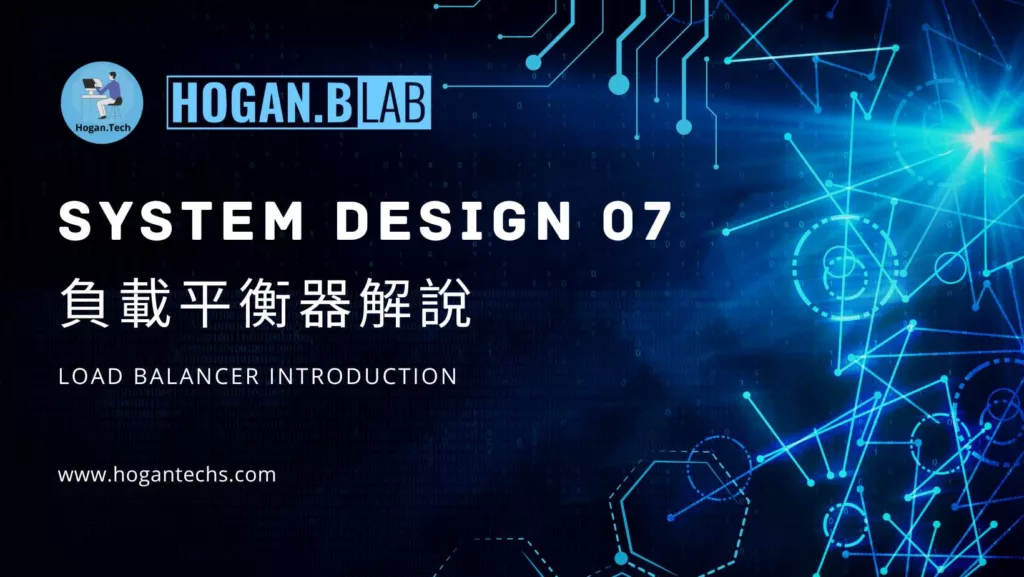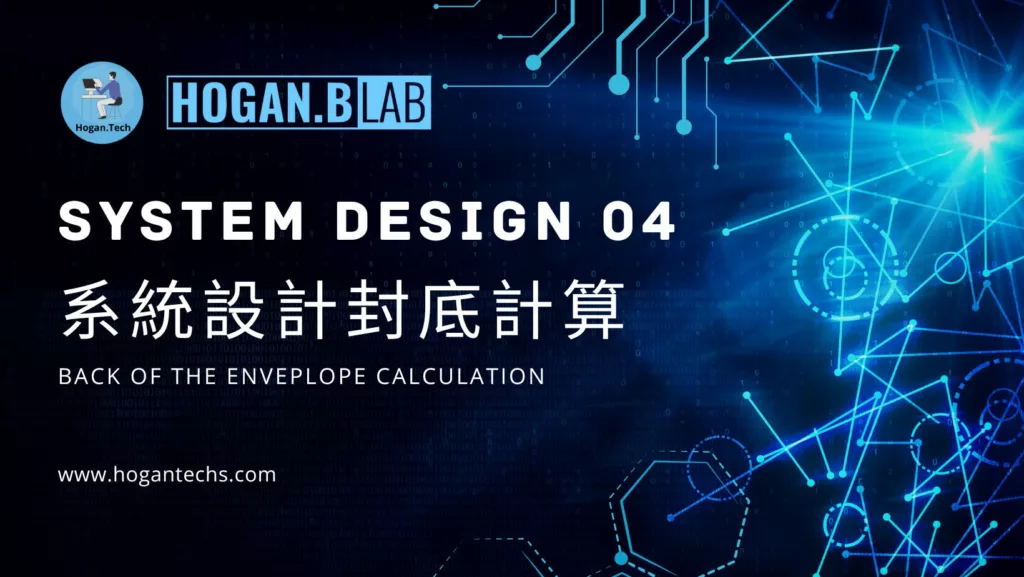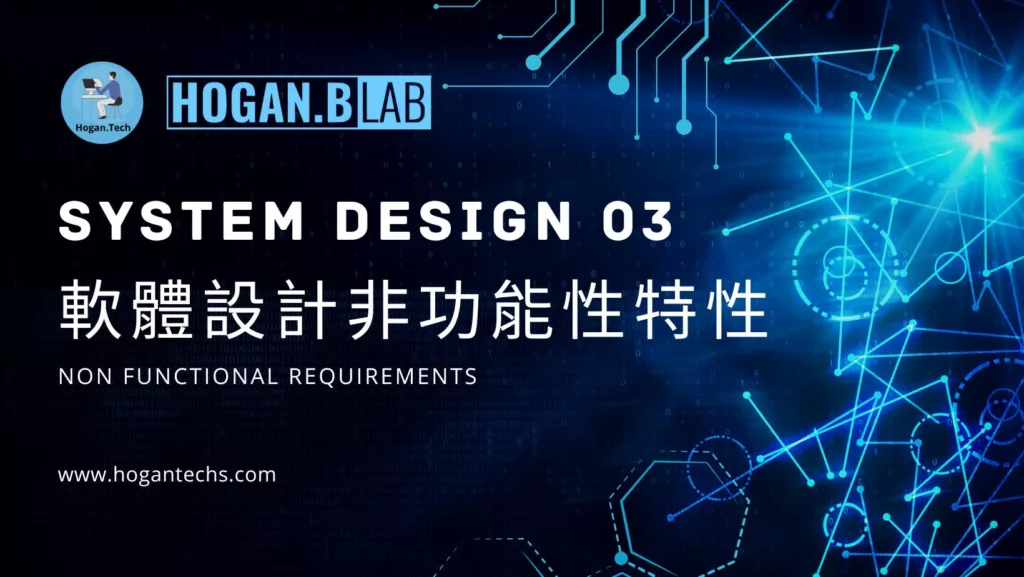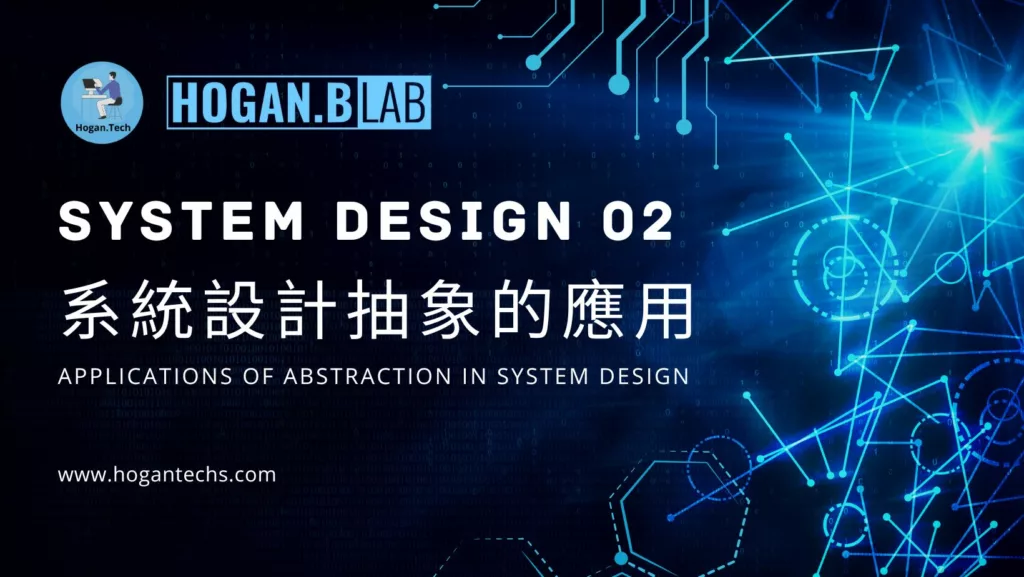Load Balancer Explained – System Design 07
What is a Load Balancer? The load balancer mainly distributes all user requests to the corresponding servers based on the current server load. The advantage of this is to avoid server overload or crash. However, you can also think about it here. If the traffic of the current system is not high, about only a few thousand requests per second, then a load balancer may not be needed. After all, the more complex a system is, the more things need to be considered.
Load Balancer Explained – System Design 07 Read More »







